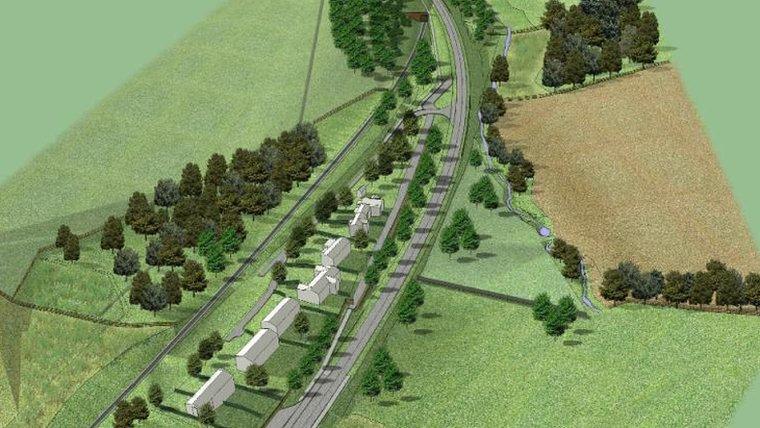Borders to Edinburgh railway: Track laying gets under way
- Published
BBC Scotland was given a first glimpse of the track laying process on the Borders to Edinburgh line
Track laying is under way on the multi-million pound rail link between the Borders and Edinburgh.
The line between Tweedbank and the capital is due to open to passenger trains on 6 September next year.
Seven new stations are being built along the length of the 30-mile stretch of railway.
Stuart MacKay, of main contractor BAM, said it was a "real landmark" to start putting down the track and added that the project remained on schedule.
BBC Scotland was given first access to see how the operation is carried out.

At the scene: Cameron Buttle, BBC Scotland
I'd stood at near exactly the same spot two years ago and marvelled at the project that lay ahead.
The site was the old Monktonhall colliery, in the distance I could see where the track out of Edinburgh stopped dead at the buffers. On the south side of the chain link fence massive earth movers were starting to scratch away at the surface of the huge area to be excavated.
Since then I've seen the small army of workers build bridges, repair tunnels and perhaps most impressively for me, build a completely new road to divert the city by-pass while they slotted in a new concrete tunnel. The traffic now flows right over the top with hardly a thought to what it took.
Today, seeing the first track laid down, genuinely felt quite special and appealed to the schoolboy in me that likes to watch massive complicated, noisy, machinery at work.
Huge 100-metre lengths of steel were slowly pulled off the back of five flat bed carriages, more machines pushed back and forth on to the track bending it into place, others pressed home clamps fixing it to the first of more than 97,000 concrete sleepers.
Gradually the team of specialist workers were happy that piece was in place and the massive train carrying the steel and machinery inched along feeding out the next piece.
According to one engineer on site, an average of five metres an hour is their rough, rather ambitious target. Whatever the speed the aim is to have all the track laid from top to bottom at Tweedbank before Christmas.
Driver training should start in June, and passengers trains are scheduled to be running back and forth through the old Monktonhall colliery site by next September.

"The machine is used by BAM all over Europe and the world and we have to book it to get it here on time - it's a very specialist piece of kit," explained Mr MacKay.
"The process is quite technical, but simple in the same way.
"It just pulls the track - 100-metre sections - off in front of it and they clip it to the new sleepers."
However, that is quite a logistical operation when it has to stretch all the way from Edinburgh to the heart of the Scottish Borders.
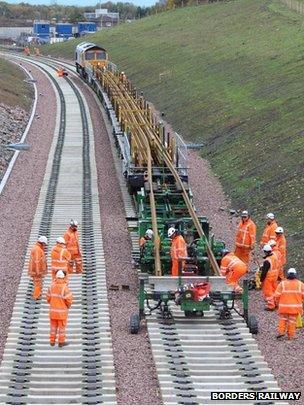
The machine will "chase" the sleeper laying team all the way to Tweedbank in the Borders
"There are 97,000 railway sleepers currently being laid out down the 30-mile route and this machine will be chasing the sleeper team all the way down to Tweedbank," said Mr MacKay.
He added that starting laying track now meant the scheme should not miss its timetable for completion which was announced by First Minister Alex Salmond earlier this year.
"The project is on time and on budget," he said.
"We are currently projecting that passenger services will go in as planned in September."
Transport Minister Keith Brown and Mark Carne, chief executive of Network Rail, visited the newly-constructed Shawfair station, to launch the latest phase of the scheme.
"This project isn't just about building a railway - it's about restoring links for communities that will result in employment, study and social opportunities," said Mr Brown.
"The installation of the tracks sees that long-held aspiration for the Borders and Midlothian becoming a tangible reality."
He said when work was complete the railway would offer a "fast and efficient alternative" to the road network.
Mr Carne said the track installation put rail services "within touching distance" for thousands of potential passengers in Midlothian and the Scottish Borders.
"By the end of this year, rails will connect seven stations along the route to the national railway network for the first time in 45 years," he said.
"When services start running next September, the railway will form a new economic artery for the region, providing opportunities for employment, education and tourism."
'Significant shift'
WWF Scotland director Lang Banks said the laying of track was a "major milestone" and "great news" for communities in the Borders as well as the environment.
"Road transport is one of the biggest sources of carbon emissions in Scotland," he said.
"If we're serious about meeting our climate change targets then we need to see a significant shift from road to rail and other forms of sustainable transport.
"It's clear to see that increased investment in rail would be good for Scotland's communities, our economy and the environment."
- Published9 October 2014
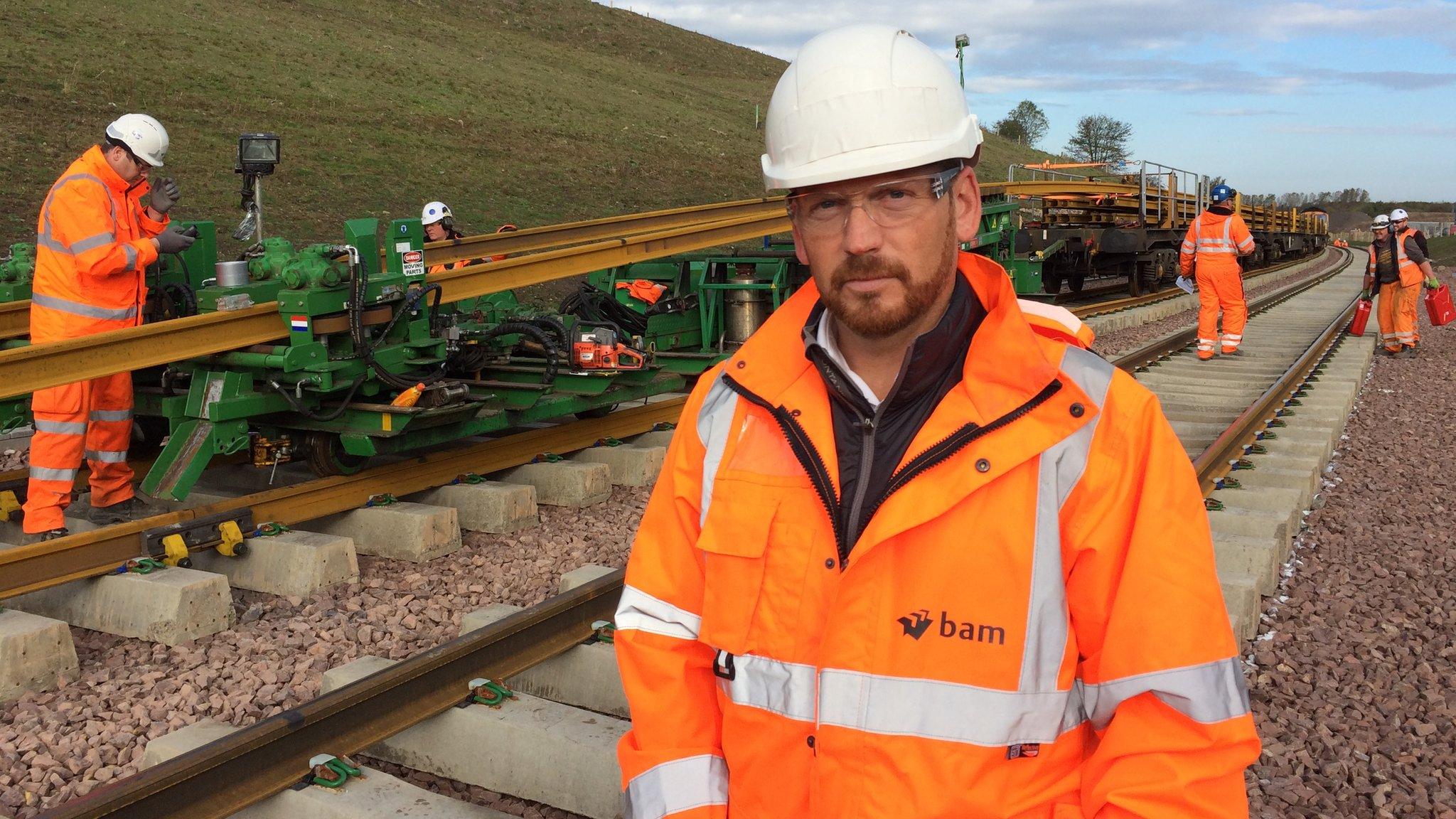
- Published29 August 2014

- Published20 August 2014
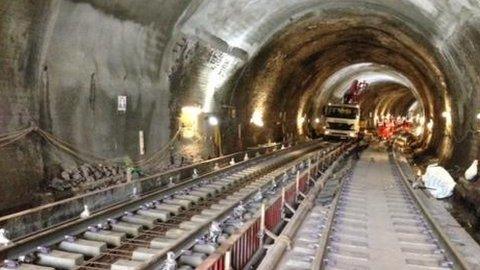
- Published28 July 2014
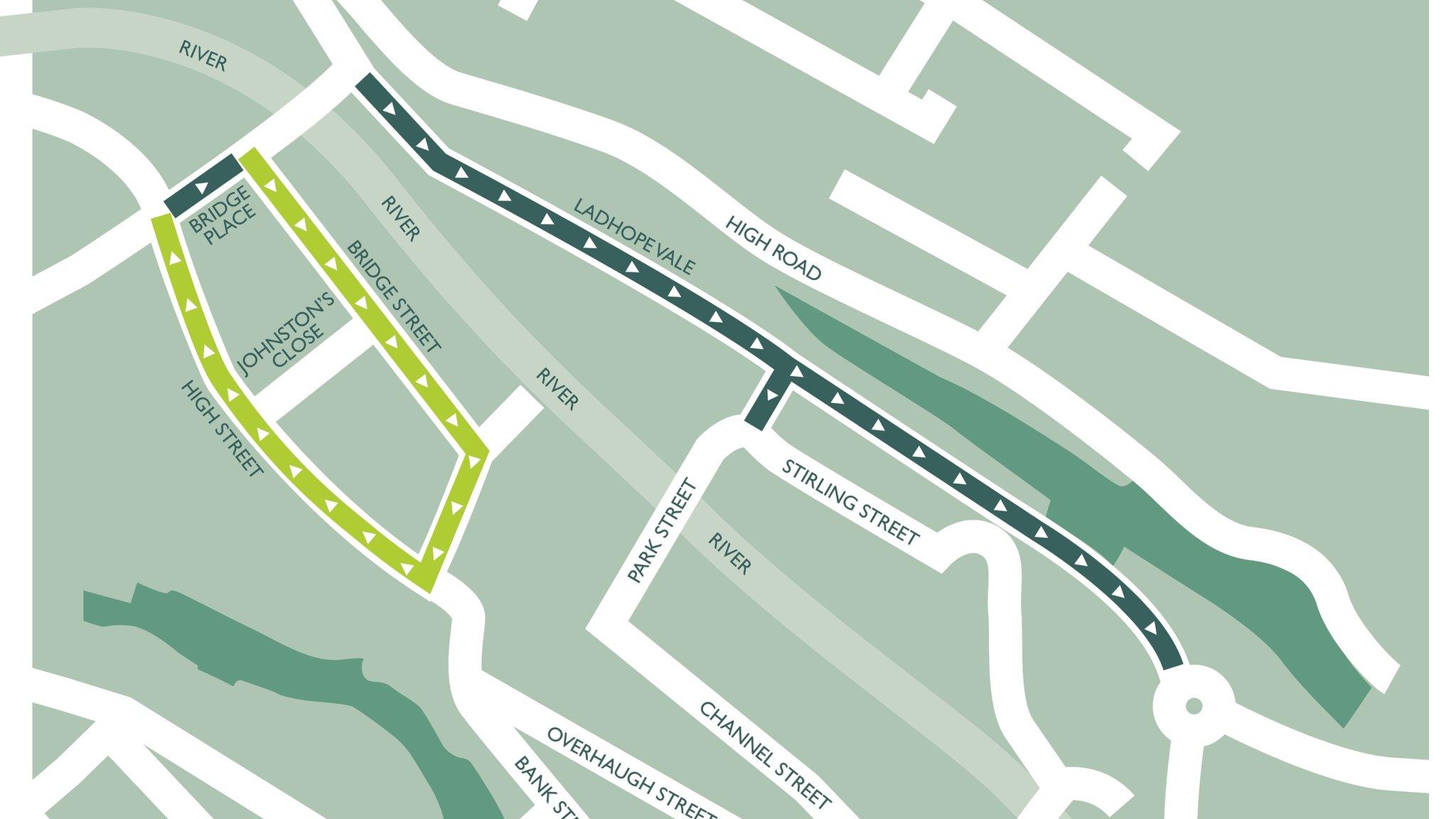
- Published8 July 2014

- Published23 June 2014
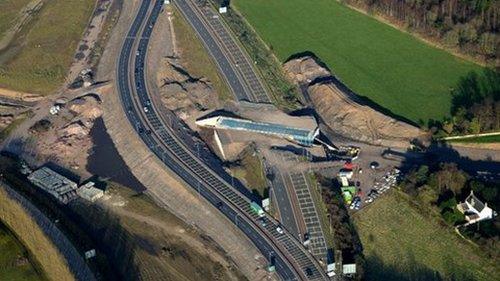
- Published13 June 2014
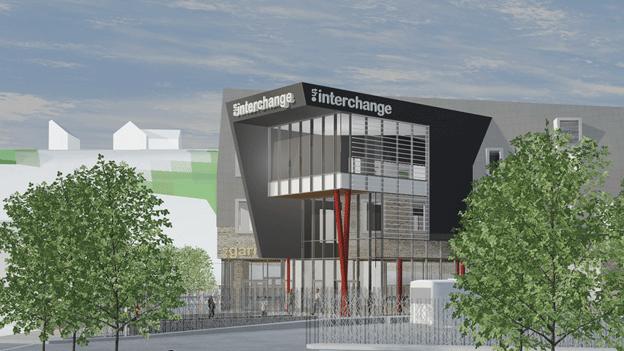
- Published9 May 2014
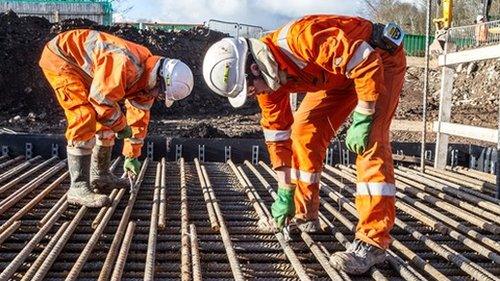
- Published24 April 2014
